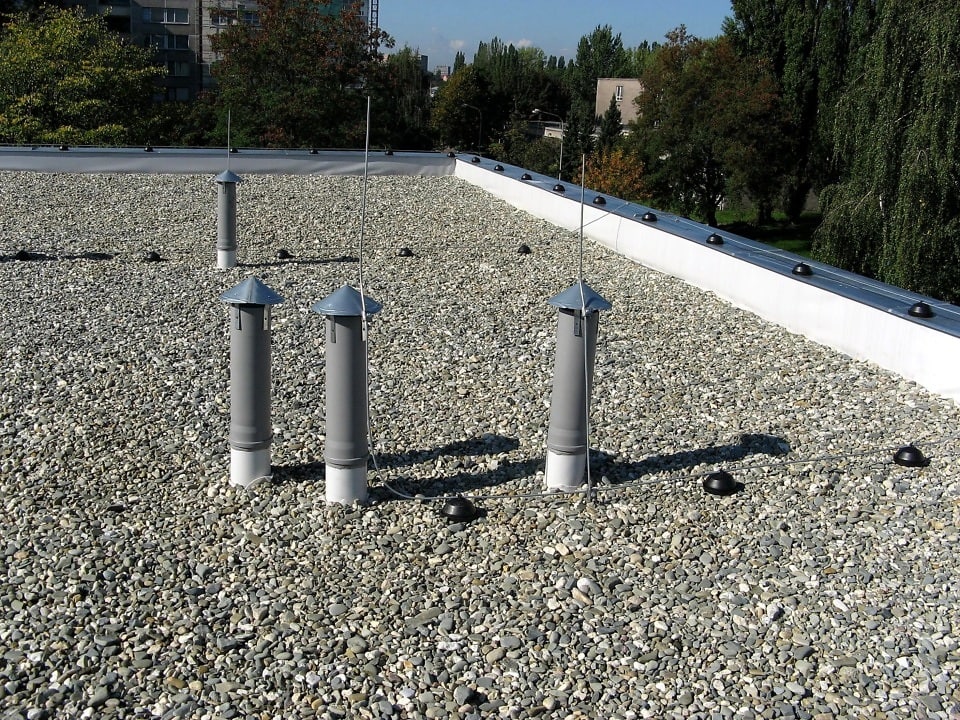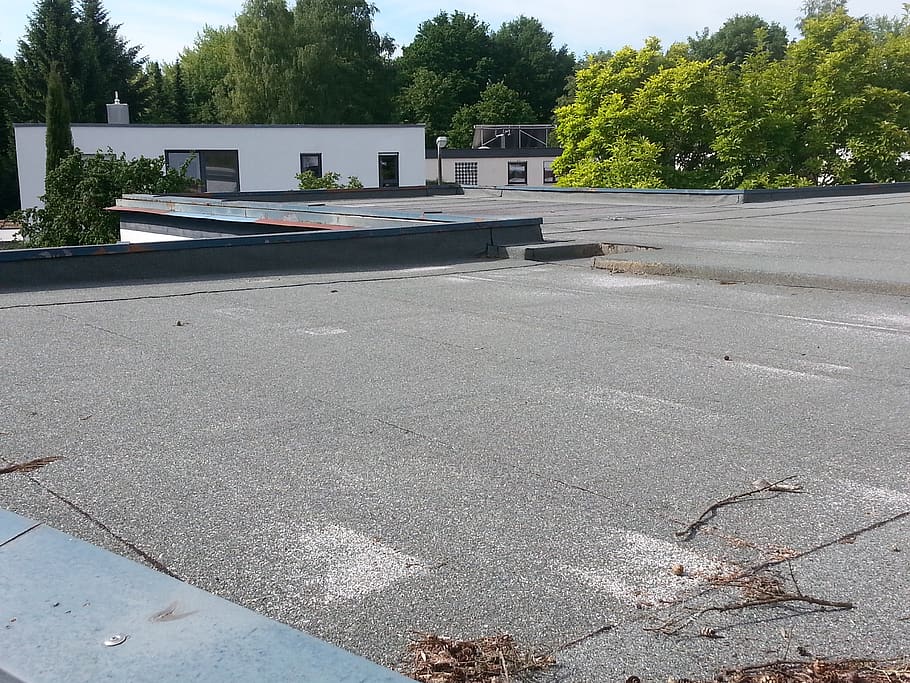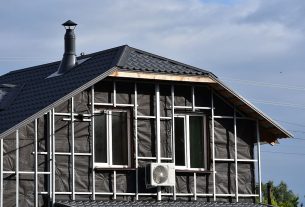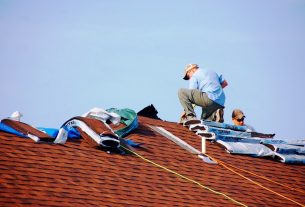A Guide to Reroofing Your Flat Roof
Hey there! If you own or manage a building with a flat roof, you know how important it is to keep it in good shape. Over time, wear and tear, weather damage, and aging can lead to leaks and other problems. But fear not! In this guide, we’ll walk you through the process of reroofing your industrial, commercial, or residential flat roof. We’ll cover everything you need to know, from initial assessment to the final installation. So, let’s get started!
Assess the Roof’s Condition
Before jumping into any project, it’s crucial to assess the current condition of your flat roof. Take a thorough inspection to identify areas with damage, leaks, or signs of wear. Keep an eye out for cracked or blistered membranes, loose seams, and any areas with water pooling. By understanding the extent of the issues, you can better plan for the reroofing process.
Choose the Right Roofing Material
Selecting the right roofing material is a vital step in the reroofing process. There are various options available for flat roofs, such as built-up roofing (BUR), modified bitumen, EPDM rubber, PVC, and TPO membranes. Each material has its unique properties, advantages, and price points. Consider factors like durability, energy efficiency, and maintenance requirements when making your decision.
Hire a Professional Roofing Contractor

Reroofing is a complex task that requires expertise and experience. It’s essential to hire a reputable and experienced roofing contractor for the job. Look for a company with a proven track record, positive customer reviews, and proper licensing and insurance. A professional roofing contractor will guide you through the entire process, offer expert advice, and ensure that the job is done safely and efficiently.
Obtain Necessary Permits and Inspections
Before starting the reroofing project, check with your local authorities to see if any permits are required. Building codes and regulations may vary depending on your location, so it’s essential to comply with all legal requirements. Additionally, schedule inspections at various stages of the project to ensure everything is up to code and meets safety standards.
Tear Off the Old Roofing

With all the preparations in place, it’s time to tear off the old roofing material. This involves removing the existing layers of the roof to create a clean surface for the new installation. The tear-off process should be handled carefully to avoid damage to the underlying structure. A professional roofing crew will have the necessary tools and techniques to do this safely and efficiently.
Repair Damaged Substrate
During the tear-off process, your roofing contractor will assess the substrate beneath the old roof. If any structural issues or damage are found, they must be repaired before moving forward. Fixing the substrate ensures that the new roofing material will have a solid foundation, preventing future problems.
Install the New Roofing Material

Once the substrate is in good condition, the installation of the new roofing material can begin. Depending on your chosen material, the process may involve hot asphalt application, heat-welding seams, or adhering the membrane with adhesive. A professional roofing team will handle this step with precision to create a watertight seal and ensure the roof’s longevity.
Add Protective and Finishing Elements

To enhance the performance and longevity of your new flat roof, consider adding protective and finishing elements. Roof coatings, for instance, can provide an extra layer of protection against UV rays, weathering, and water damage. Additionally, incorporating proper drainage systems will prevent water from pooling on the roof, reducing the risk of leaks.
Conduct Regular Roof Maintenance
Congratulations! Your reroofing project is complete, and your flat roof is back in tip-top shape. But remember, regular maintenance is key to preserving your investment. Schedule routine inspections and maintenance checks to identify and address any potential issues before they escalate. Taking care of your roof will extend its lifespan and save you from costly repairs down the road.
In conclusion, reroofing projects for industrial, commercial, and residential flat roofs may seem like a daunting task, but with proper planning and professional help, it can be a smooth process. Assess the roof’s condition, choose the right roofing material, hire a qualified roofing contractor, obtain necessary permits, and tear off the old roofing. Make sure to repair any damaged substrate, install the new roofing material, and add protective and finishing elements. By following these steps and conducting regular maintenance, your flat roof will stay strong, reliable, and leak-free for years to come. Happy reroofing!



